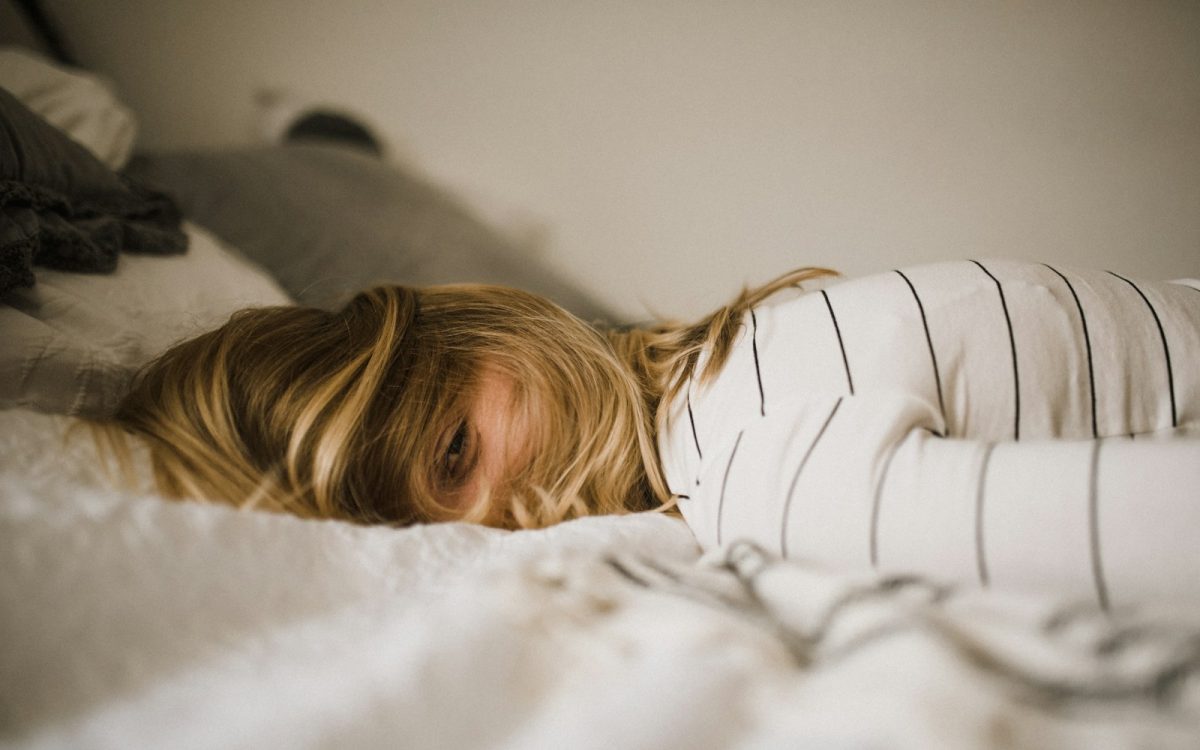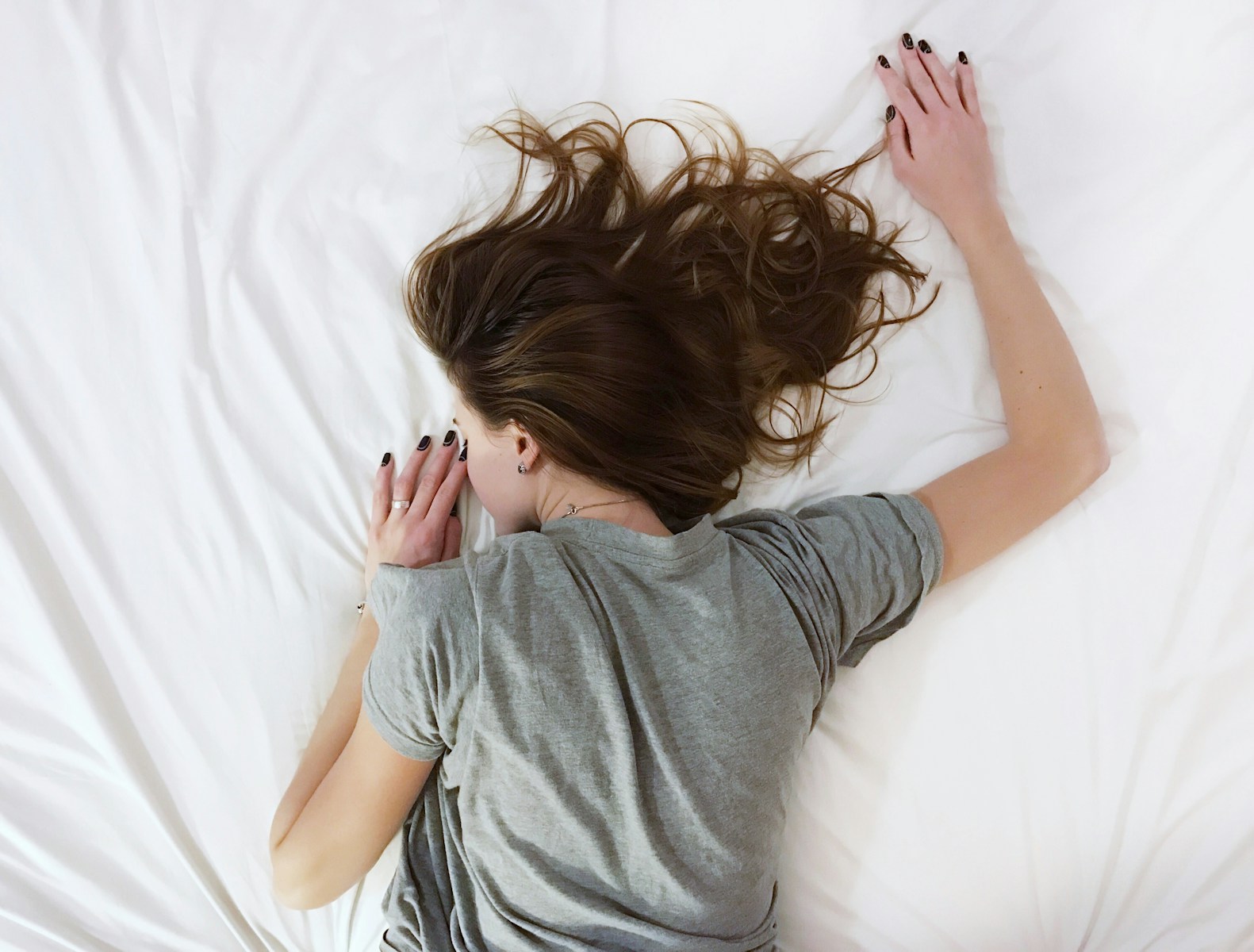Sleep quality is a critical component of overall health and well-being, influencing everything from cognitive function to emotional stability. Unlike mere quantity, which refers to the number of hours spent asleep, sleep quality encompasses how restorative and uninterrupted that sleep is. High-quality sleep allows the body to undergo essential processes such as tissue repair, memory consolidation, and hormonal regulation.
Conversely, poor sleep quality can lead to a myriad of health issues, including obesity, diabetes, cardiovascular diseases, and mental health disorders like anxiety and depression. Research has shown that individuals who experience consistent sleep disturbances are at a higher risk for chronic health conditions. For instance, a study published in the journal “Sleep” found that individuals with poor sleep quality had a significantly higher risk of developing hypertension.
Furthermore, sleep quality affects cognitive performance; lack of restorative sleep can impair attention, decision-making, and problem-solving abilities. This is particularly concerning in today’s fast-paced world, where mental acuity is paramount for success in both personal and professional realms. Thus, understanding and prioritizing sleep quality is essential for maintaining optimal health and enhancing daily functioning.
Key Takeaways
- Quality sleep is essential for overall health and well-being, impacting physical, mental, and emotional health.
- Sleep tracking technology can provide valuable insights into sleep patterns and help identify areas for improvement.
- When choosing a sleep tracking device, consider factors such as accuracy, comfort, and additional features like heart rate monitoring.
- Tips for maximizing sleep quality include establishing a consistent sleep schedule, creating a relaxing bedtime routine, and avoiding stimulants before bed.
- Analyzing sleep data can help identify trends and patterns, leading to informed decisions for improving sleep quality.
Understanding Sleep Tracking Technology
The advent of sleep tracking technology has revolutionized how individuals monitor and understand their sleep patterns. These devices range from wearable gadgets like smartwatches and fitness trackers to non-invasive options such as smartphone apps and specialized sleep monitors placed under pillows or mattresses. The primary function of these technologies is to collect data on various sleep metrics, including total sleep time, sleep stages (light, deep, and REM), and interruptions throughout the night.
By analyzing this data, users can gain insights into their sleep habits and identify factors that may be affecting their sleep quality. Sleep tracking technology employs various methods to gather data. For instance, wearable devices often utilize accelerometers to detect movement during sleep, while heart rate monitors can provide information about physiological changes that occur during different sleep stages.
Some advanced devices even incorporate environmental sensors to measure factors like room temperature and noise levels, which can significantly impact sleep quality. As these technologies continue to evolve, they are becoming increasingly sophisticated, offering users a more comprehensive understanding of their sleep patterns and enabling them to make informed decisions about their health.
Choosing the Right Sleep Tracking Device
Selecting the appropriate sleep tracking device can be a daunting task given the plethora of options available on the market. When considering which device to purchase, it is essential to evaluate personal needs and preferences. For example, individuals who prefer a non-intrusive approach may opt for a smartphone app that tracks sleep through sound analysis or movement detection without the need for wearables.
On the other hand, those who are more tech-savvy might prefer a smartwatch that not only tracks sleep but also monitors heart rate and physical activity throughout the day. Another critical factor to consider is the accuracy of the device. Some devices are known for their precision in tracking various sleep stages, while others may provide more generalized data.
Reading reviews and consulting expert opinions can help potential buyers make informed choices. Additionally, compatibility with other health apps or devices can enhance the user experience by allowing for a more integrated approach to health monitoring. Ultimately, the right device should align with individual lifestyle preferences while providing reliable data that can be used to improve sleep quality.
Tips for Maximizing Sleep Quality
| Tip | Description |
|---|---|
| Avoid Caffeine | Avoid consuming caffeine at least 4-6 hours before bedtime to improve sleep quality. |
| Establish a Routine | Try to go to bed and wake up at the same time every day, even on weekends, to regulate your body’s internal clock. |
| Create a Relaxing Environment | Make your bedroom a comfortable and relaxing place by keeping it dark, quiet, and cool. |
| Avoid Electronics | Avoid using electronic devices such as smartphones, tablets, and computers before bedtime as the blue light can disrupt your sleep. |
| Exercise Regularly | Engage in regular physical activity, but avoid vigorous exercise close to bedtime. |
Maximizing sleep quality involves adopting a holistic approach that encompasses lifestyle changes and behavioral modifications. One effective strategy is establishing a consistent sleep schedule by going to bed and waking up at the same time every day, even on weekends. This practice helps regulate the body’s internal clock, making it easier to fall asleep and wake up naturally.
Additionally, creating a pre-sleep routine that includes relaxing activities such as reading or practicing mindfulness can signal to the body that it is time to wind down. Another crucial aspect of enhancing sleep quality is managing environmental factors. The bedroom should be conducive to restful sleep; this includes maintaining a cool temperature, minimizing noise levels, and ensuring complete darkness.
Investing in blackout curtains or using white noise machines can significantly improve the sleeping environment. Furthermore, limiting exposure to screens before bedtime is vital; the blue light emitted by phones, tablets, and computers can interfere with melatonin production, making it harder to fall asleep. By implementing these strategies, individuals can create an optimal environment for restorative sleep.
Analyzing Sleep Data
Once individuals have begun tracking their sleep patterns using technology, the next step is analyzing the collected data to identify trends and areas for improvement. Most sleep tracking devices provide users with detailed reports that break down various metrics such as total sleep time, time spent in each sleep stage, and instances of wakefulness during the night. By reviewing this information regularly, users can gain valuable insights into their sleeping habits and pinpoint specific factors that may be contributing to poor sleep quality.
For example, if a user notices that they consistently wake up during the night or have difficulty entering deep sleep stages, they can investigate potential causes such as stress levels or dietary choices before bedtime. Additionally, many devices offer personalized recommendations based on the data collected; these suggestions may include adjusting bedtime routines or making lifestyle changes that promote better sleep hygiene. By actively engaging with their sleep data, individuals can take proactive steps toward improving their overall sleep quality.
Creating a Sleep-Friendly Environment
Creating a sleep-friendly environment is paramount for achieving high-quality rest. The bedroom should serve as a sanctuary dedicated to relaxation and rejuvenation. One of the first steps in this process is decluttering the space; a tidy environment can reduce stress and promote tranquility.
Additionally, selecting comfortable bedding—such as high-quality mattresses and pillows tailored to individual preferences—can significantly enhance comfort levels during sleep. Lighting plays a crucial role in setting the mood for restful slumber. Soft lighting in the evening can help signal to the body that it is time to wind down.
Conversely, exposure to bright lights in the hours leading up to bedtime can disrupt circadian rhythms. Utilizing dimmable lights or lamps with warm hues can create a calming atmosphere conducive to relaxation. Furthermore, incorporating elements such as plants or soothing scents through essential oils can enhance the overall ambiance of the bedroom, making it a more inviting space for rest.
Using Sleep Tracking to Improve Overall Health
The integration of sleep tracking technology into daily life offers significant potential for improving overall health beyond just enhancing sleep quality. By understanding how various lifestyle factors impact their rest, individuals can make informed decisions that promote better health outcomes. For instance, tracking patterns may reveal correlations between diet and sleep; individuals might discover that consuming caffeine or heavy meals close to bedtime negatively affects their ability to fall asleep.
Moreover, consistent monitoring of sleep data can help users identify trends related to physical activity levels and stress management techniques. For example, someone who engages in regular exercise may notice improved sleep quality compared to periods of inactivity. This insight can motivate individuals to prioritize physical fitness as part of their overall wellness strategy.
Additionally, recognizing how stress impacts sleep can encourage users to adopt relaxation techniques such as yoga or meditation—practices known for their positive effects on both mental health and sleep quality.
Seeking Professional Help for Sleep Issues
While many individuals can improve their sleep quality through lifestyle changes and self-monitoring techniques, some may require professional assistance due to persistent or severe sleep issues. Conditions such as insomnia, sleep apnea, or restless leg syndrome often necessitate intervention from healthcare professionals specializing in sleep medicine. These experts can conduct comprehensive evaluations that may include overnight polysomnography (sleep studies) to diagnose underlying disorders accurately.
Seeking professional help is particularly important when self-help strategies fail to yield results after a reasonable period. A healthcare provider can offer tailored treatment plans that may involve cognitive-behavioral therapy for insomnia (CBT-I), medication management, or lifestyle modifications designed specifically for individual needs. By addressing these issues with professional guidance, individuals can take significant steps toward achieving restorative sleep and improving their overall health and well-being.






